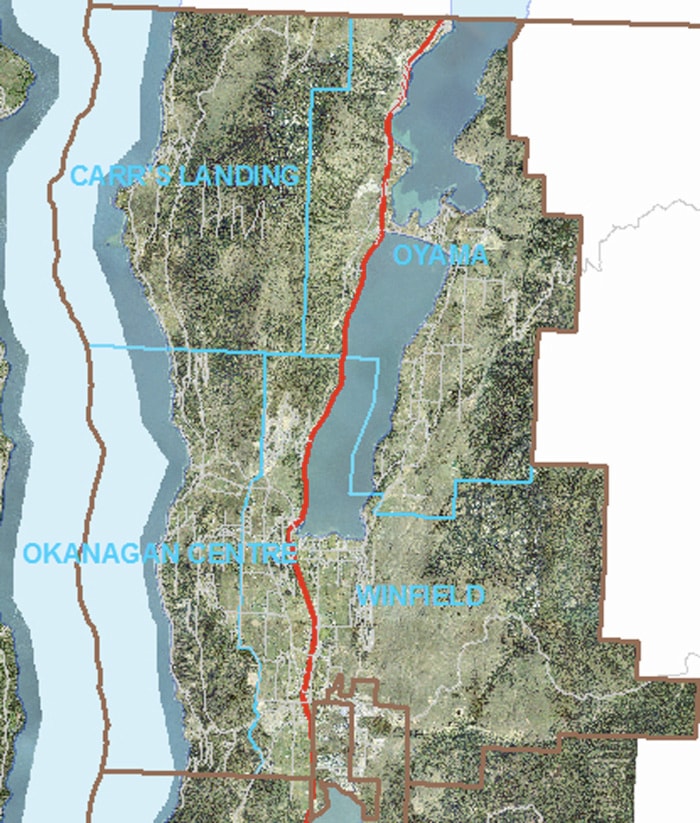Many people who choose to call Lake Country home do so because of unique characteristics that even other communities of a similar size cannot imitate completely. One of those characteristics is the ward system that is used to elect local politicians.
Lake Country is the only municipal jurisdiction in the province that uses a ward system. It was adopted upon incorporation to ensure that Winfield, Oyama, Okanagan Centre, and Carr’s Landing would each have political representation on municipal council.
The ward system guarantees that at least one representative for each ward will be elected. Candidates for ward councilor seats must declare which ward they are running in. Candidates don’t necessarily have to reside in the ward that they wish to represent, however, residents living in that particular ward alone must vote the candidate in.
For example, only residents living in Oyama will vote for the Oyama councilor, only residents living in Winfield will vote for the Winfield councilor, and so on for Carr’s Landing and Okanagan Centre.
Hazel Christy, Chief Election Officer for the municipality, says residents can visit www.regionaldistrict.com/rdco_main/ and zoom in on the map to verify which ward their home is in. Alternatively, she can be contacted directly at the District of Lake Country.
In addition to the four ward councilors each voter also gets to select two candidates to represent the municipality at-large. Councilors-at-large are elected independently of the ward councilors. The entire community is able to vote for these representatives and the two with the most votes win the seats on council.
Candidates running for councilor-at-large have chosen to run at-large instead of for a specific ward and, therefore, cannot be elected as a ward representative. Similarily candidates who have chosen to run as ward candidates cannot be elected as a councilor-at-large.
The mayor’s seat is similar to the councilors-at-large in that candidates must choose to run specifically for that position. Every voter gets to mark their ballot with their choice of candidate. The candidate with the most votes becomes the new (or re-elected) mayor and all the others go back home to follow municipal politics from the sideline.
In addition to council seats voters also get to vote for a School District 23 trustee to represent Lake Country (in conjunction with Central Okanagan East Electoral Area) on the Board of Education.
All these election rules mean that, assuming no council seats are won by acclamation, voters will make up to five marks on their ballot--one for ward councilor, two for at-large councilor, one for mayor and one for school trustee.
Candidates have until October 14 to file their nomination papers with the District.
